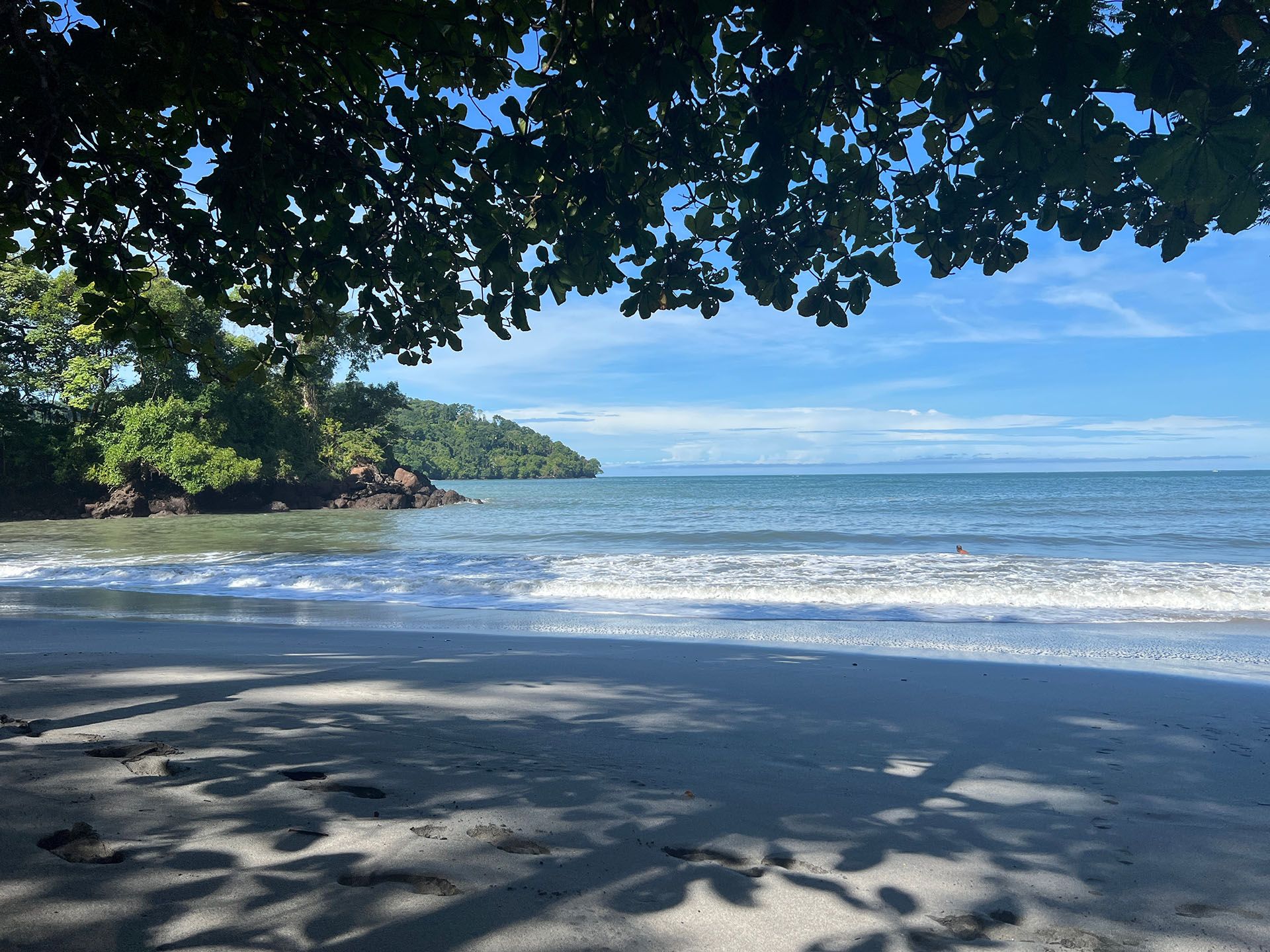People Also Ask
If you’re searching for even more Costa Rica travel tips, you might be wondering about practical details that go beyond planning your route and budget. Here are some of the most common questions travelers ask when organizing their trip.
What should I pack for Costa Rica’s climate?
Costa Rica’s climate shifts dramatically between beaches, cloud forests, and volcanoes. You’ll need lightweight clothes for hot, humid days, plus layers for cooler mountain nights. A rain jacket is essential in every season, as are quick-dry shoes or sandals that can handle muddy trails.
Don’t forget reef-safe sunscreen, insect repellent, and a reusable water bottle. If you plan on hiking, bring proper footwear and a small daypack.
Is it safe to drink tap water in Costa Rica?
In many parts of Costa Rica, especially cities and larger towns, tap water is safe to drink. However, in remote or rural areas, it’s better to stick to filtered or bottled water. Carrying a reusable bottle with a built-in filter is a smart option, as it cuts down on waste and keeps you safe no matter where you travel.
If your stomach is sensitive, err on the side of caution. Clean, safe water is widely available, so it’s not something to worry about.
What’s the tipping culture like in Costa Rica?
Tipping in Costa Rica is straightforward. Most restaurants include a 10 percent service charge on the bill, so you don’t need to add much extra unless the service was exceptional. For guides, drivers, and hotel staff, tipping is appreciated and fairly standard.
A few dollars per person for a day tour or shuttle ride is customary. Always carry small bills for this purpose. Tipping isn’t mandatory, but it’s a meaningful way to show gratitude for good service, especially in a tourism-driven economy.
How is traveling in Costa Rica with kids?
Traveling in Costa Rica with kids is rewarding, but it requires planning. Many destinations are family-friendly, with safe beaches, easy hiking trails, and wildlife that children will love. National parks like Manuel Antonio or La Paz Waterfall Gardens are great for spotting animals without long treks.
Factor in slower travel times, build rest days into your itinerary, and choose hotels with kid-friendly amenities like pools. Pack plenty of snacks and sun protection. With preparation, Costa Rica is one of the easiest Central American countries to explore as a family.
Do I need vaccinations to travel to Costa Rica?
There are no compulsory vaccinations for most travelers to Costa Rica, but some are strongly recommended. Hepatitis A and Typhoid are common suggestions, as both can be contracted through food or water. If you’re arriving from a country where yellow fever is present, proof of vaccination may be required.
Mosquito-borne illnesses like dengue and Zika exist, so bring repellent and cover up in rural areas. Always check with your doctor before traveling, ideally six weeks before your trip, to confirm what’s best for you.












